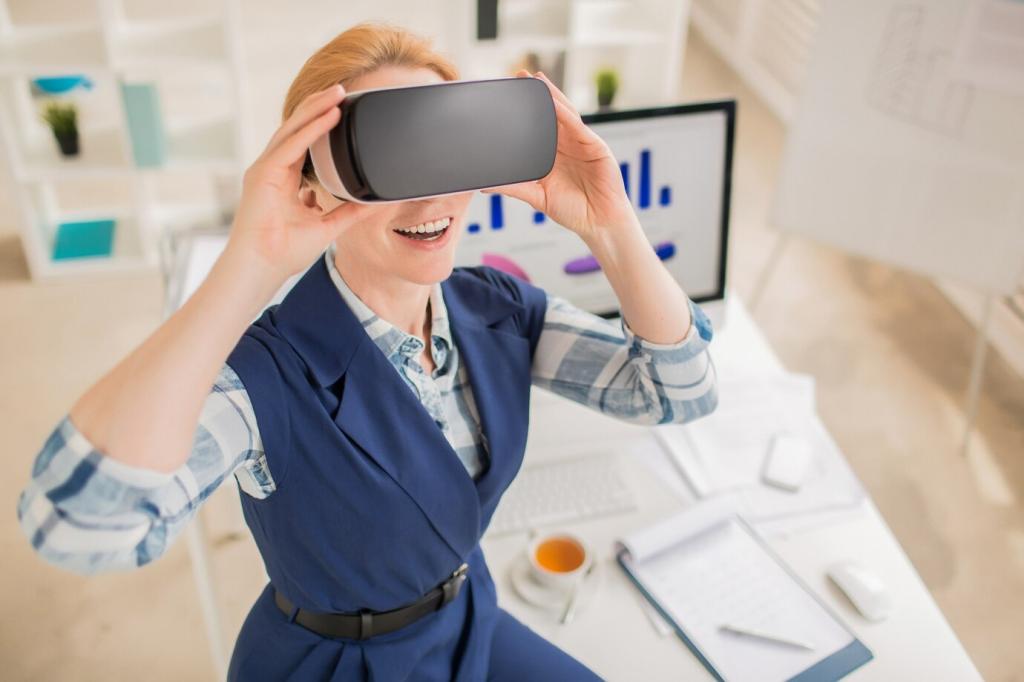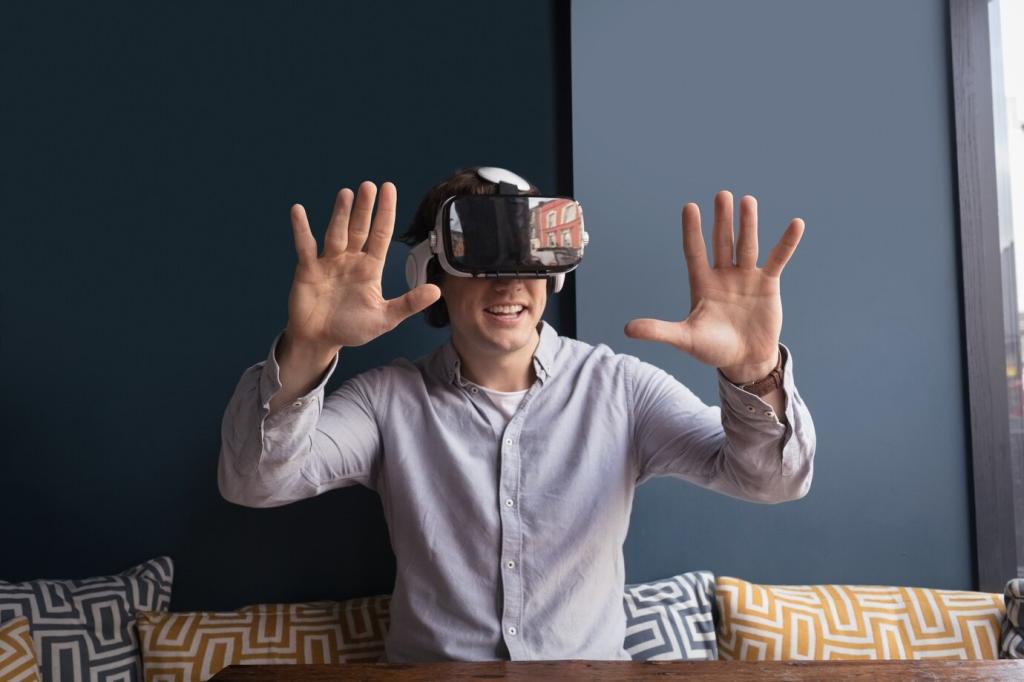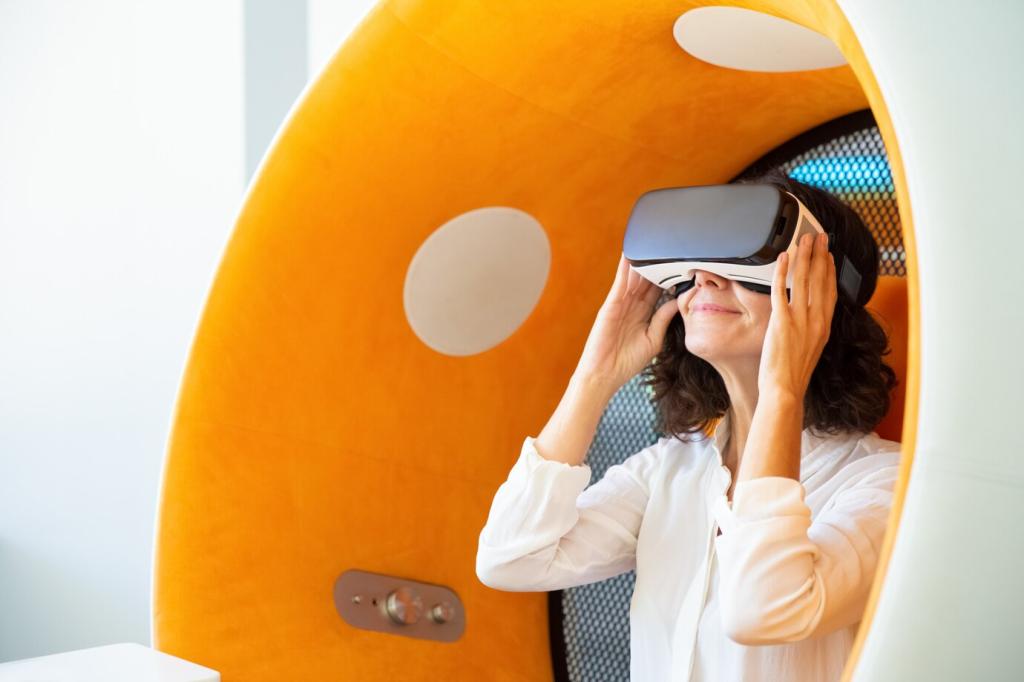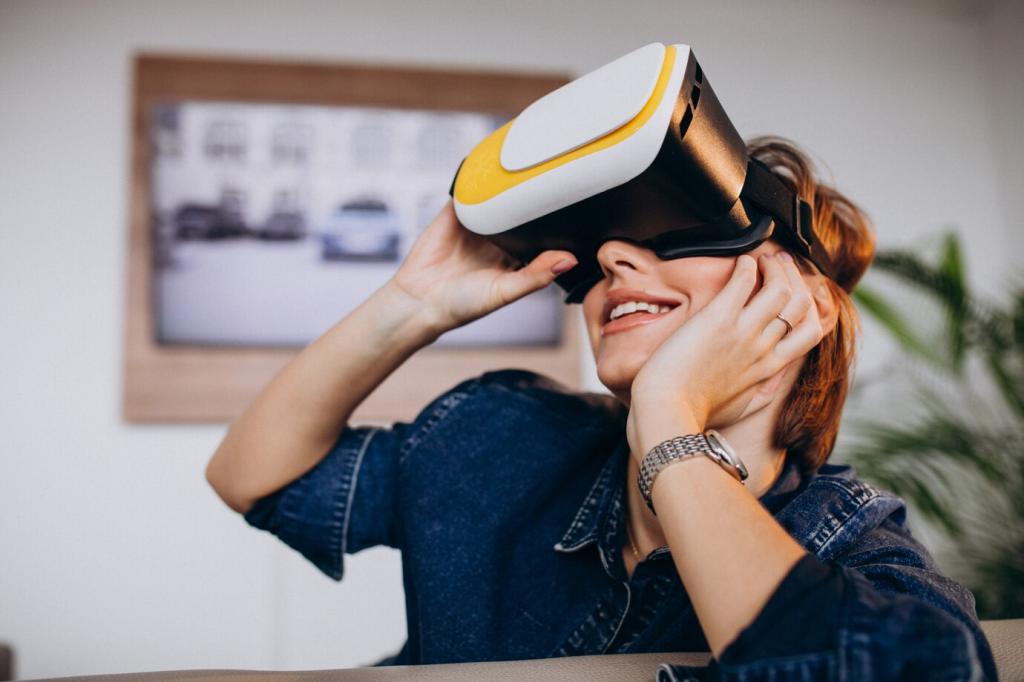Color Theory in Augmented Reality: Designing Colors That Live in the Real World
Selected theme: Color Theory in Augmented Reality. Step into a world where pigments meet photons, and palettes must survive sunlight, shadows, and motion. Together we’ll explore practical color choices for AR that stay legible, evoke emotion, and feel native to your environment. Share your thoughts, subscribe for deep dives, and help shape our next experiments.
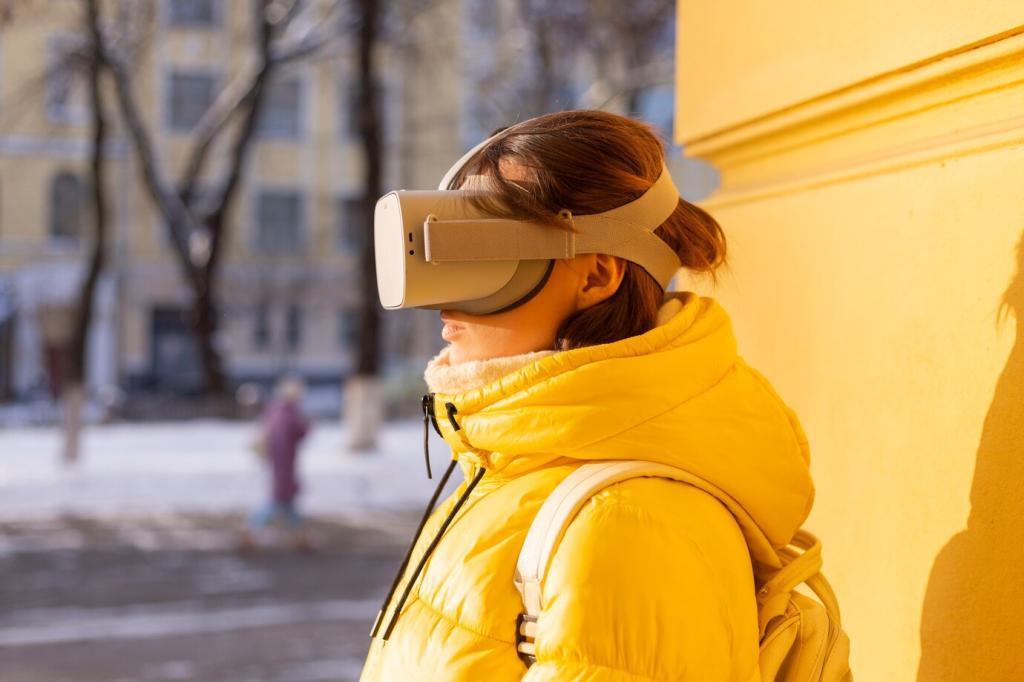
Foundations of Color Theory for AR
01
AR color is born from additive light, yet it must coexist with reflective surfaces. That paradox complicates perceived saturation and brightness. Knowing how emitted pixels blend with ambient light helps you choose palettes that stand firm in parks, offices, and cafés.
02
In AR, HSV is more than a wheel; it’s a navigation compass. Subtle value shifts can separate floating panels from walls. Saturation tweaks can signal interactivity without shouting. Share examples where tiny HSV changes made your overlays calmer and clearer.
03
Red can mean urgency, luck, or error depending on context. When AR signage appears over real streets, these meanings intensify. Document your audience’s cultural norms early, and comment with cases where cultural color assumptions surprised your team in field trials.
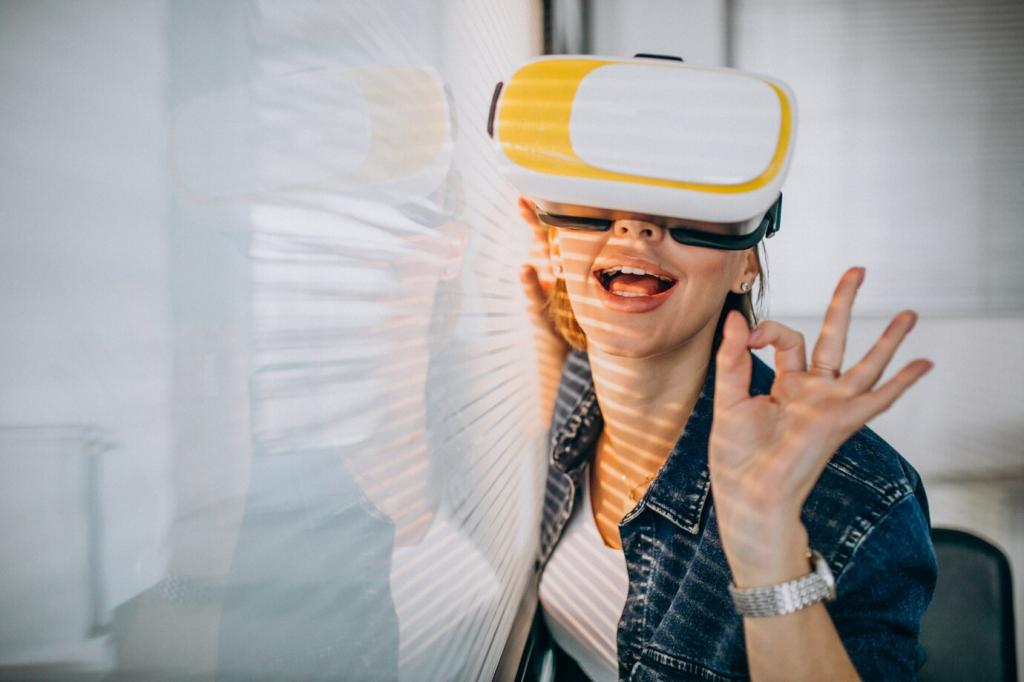
Contrast and Legibility for Spatial Readability
WCAG ratios are helpful, but AR needs motion-aware contrast. Consider adaptive strokes, soft drop glows, and ambient-aware value shifts. If the camera sees low luminance, increase separation automatically. Share whether algorithmic contrast tuning improved comprehension without feeling distracting.
Contrast and Legibility for Spatial Readability
Depth cues amplify contrast more than raw value. Parallax-friendly outlines, subtle shadows, and halo glows create separation from textured backgrounds. Tell us how you balance edge treatments so text remains readable while preserving the illusion of objects living in your room.
Contrast and Legibility for Spatial Readability
When glare wipes detail, switch to a resilient palette with bolder values and thicker strokes. Consider an ‘emergency legibility mode’ that boosts contrast and simplifies color. Would you let users toggle it manually, or trust environmental sensing to decide automatically?
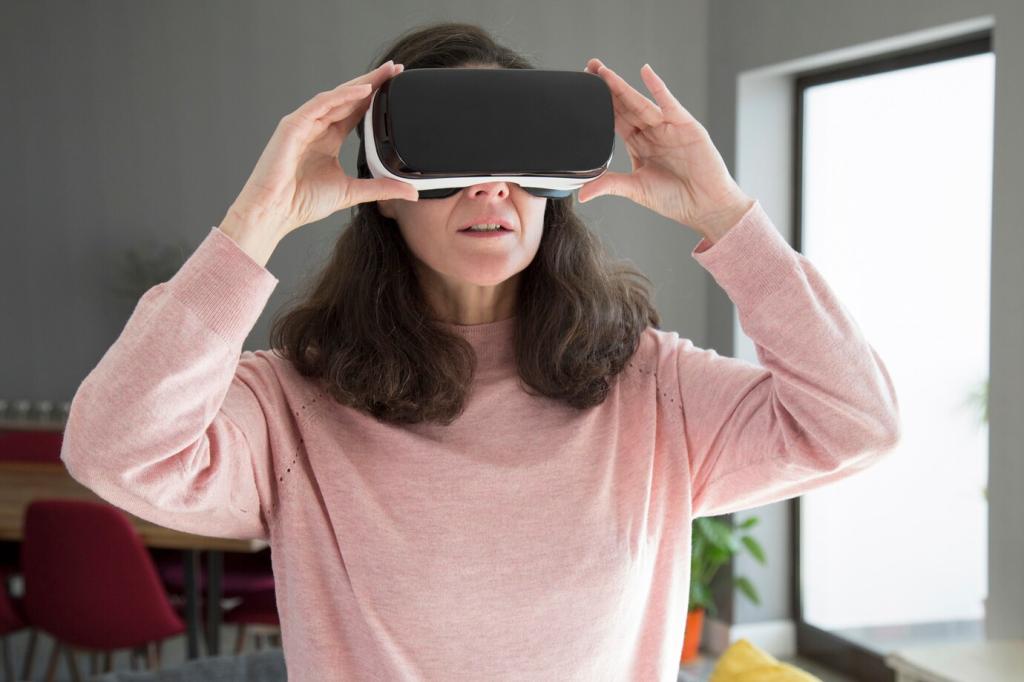
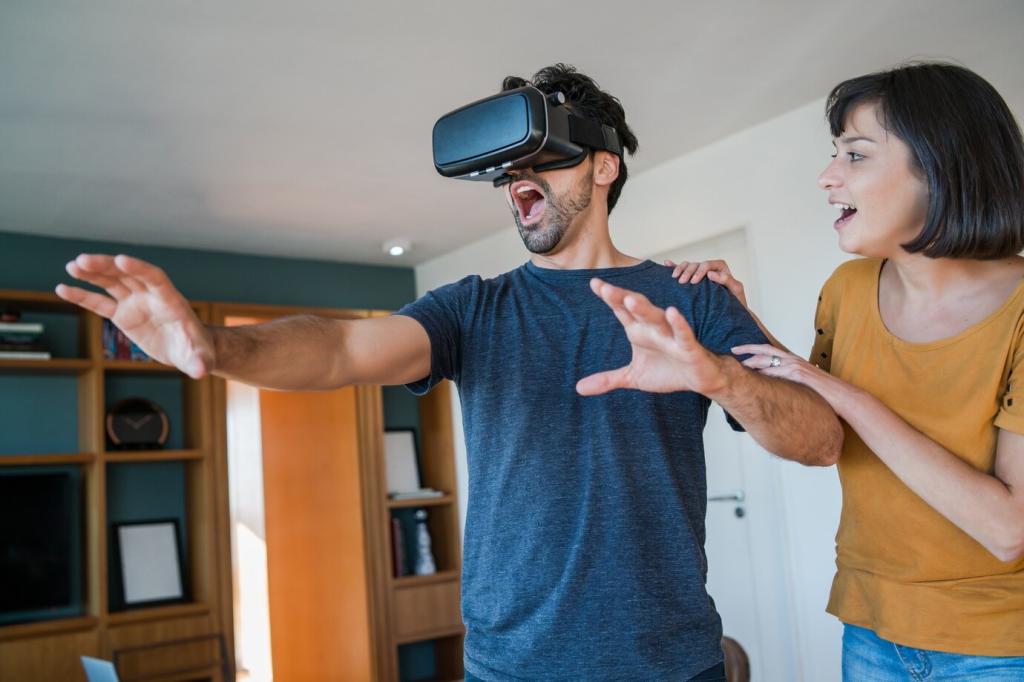
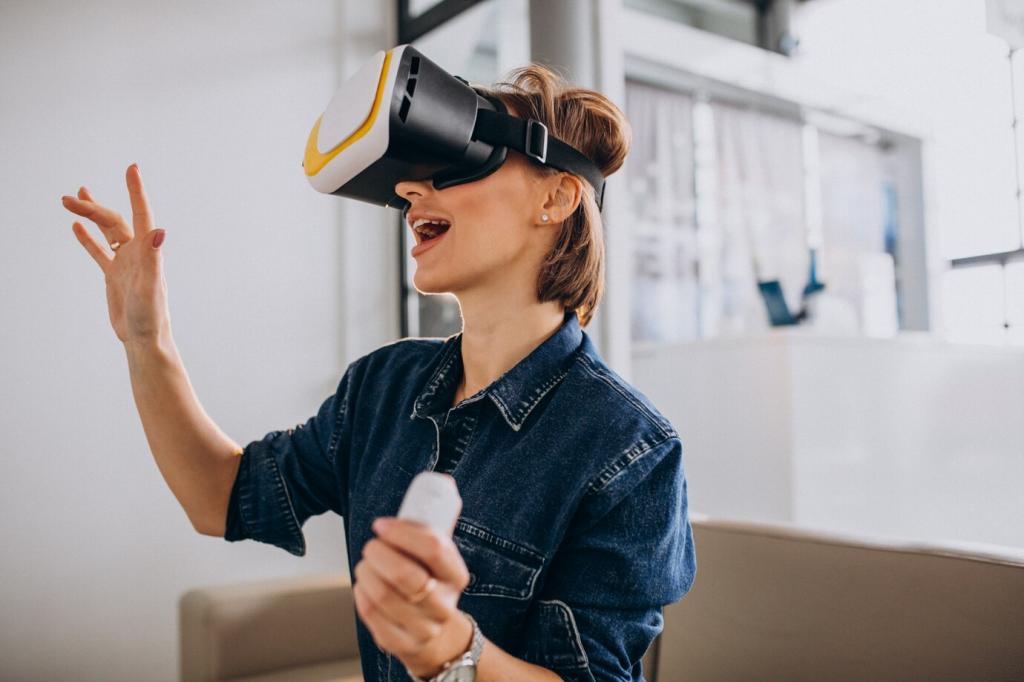
Emotion, Storytelling, and Brand Palettes in AR
Adapting Brand Colors to Real Environments
Vibrant brand neons can bloom or shimmer in bright light. Nudge saturation, widen value contrast, and use neutral companions to stabilize identity. Have you published an AR-specific brand guide? Post a tip that prevented on-device colors from feeling garish or fake.
